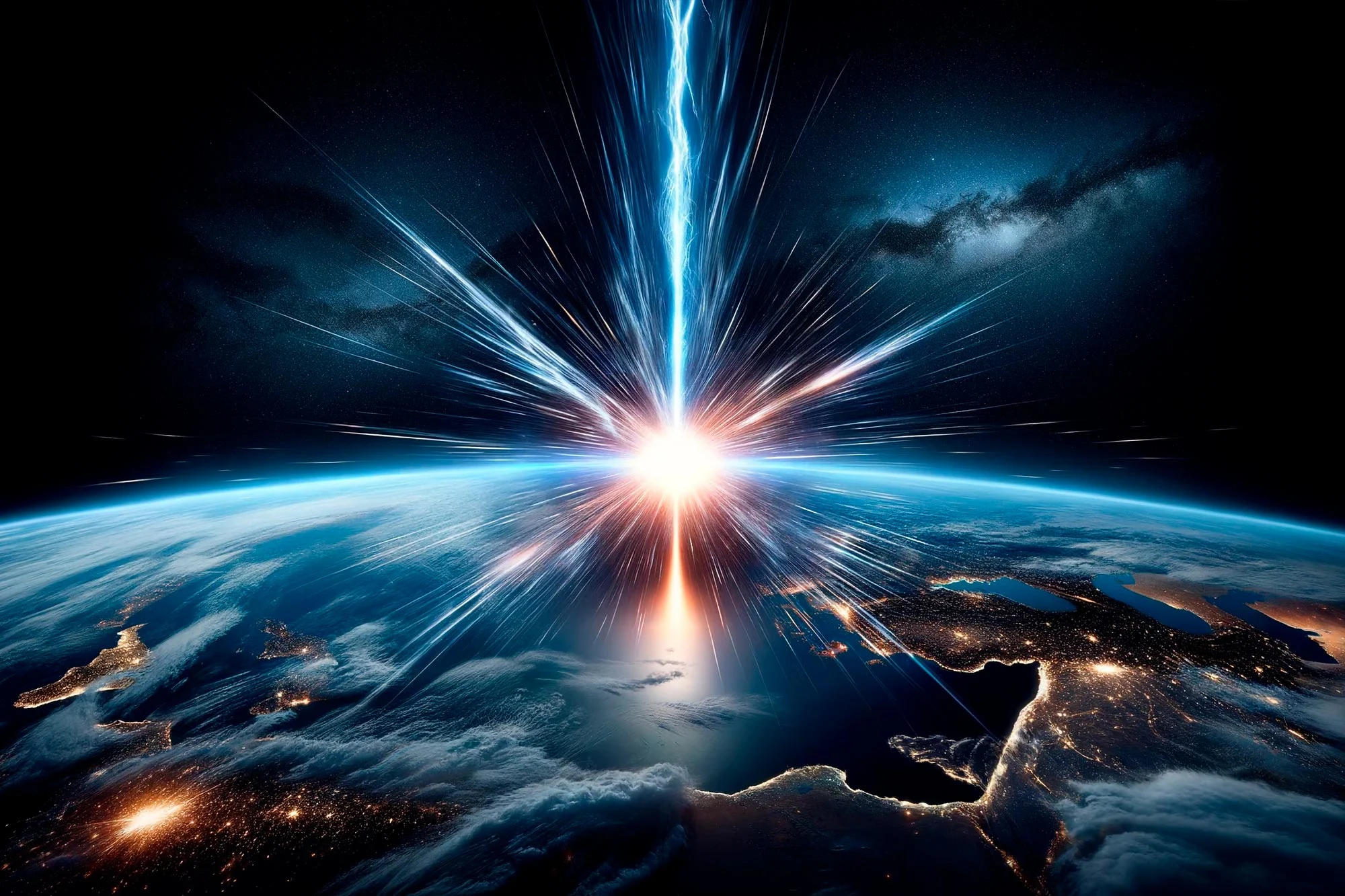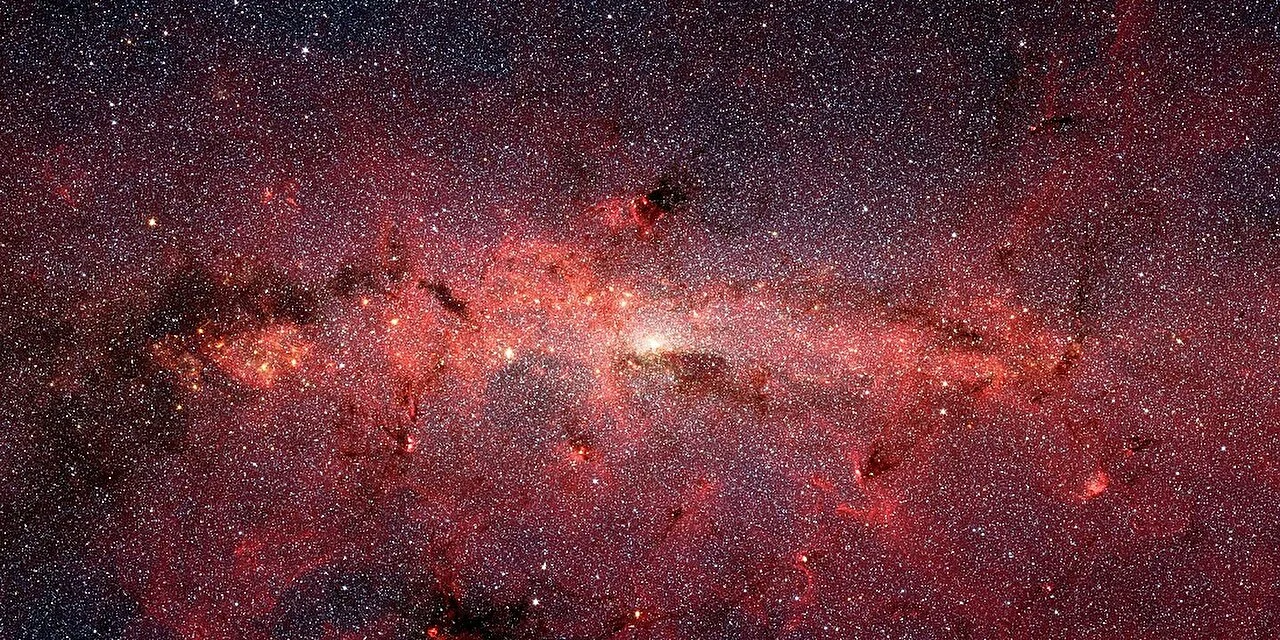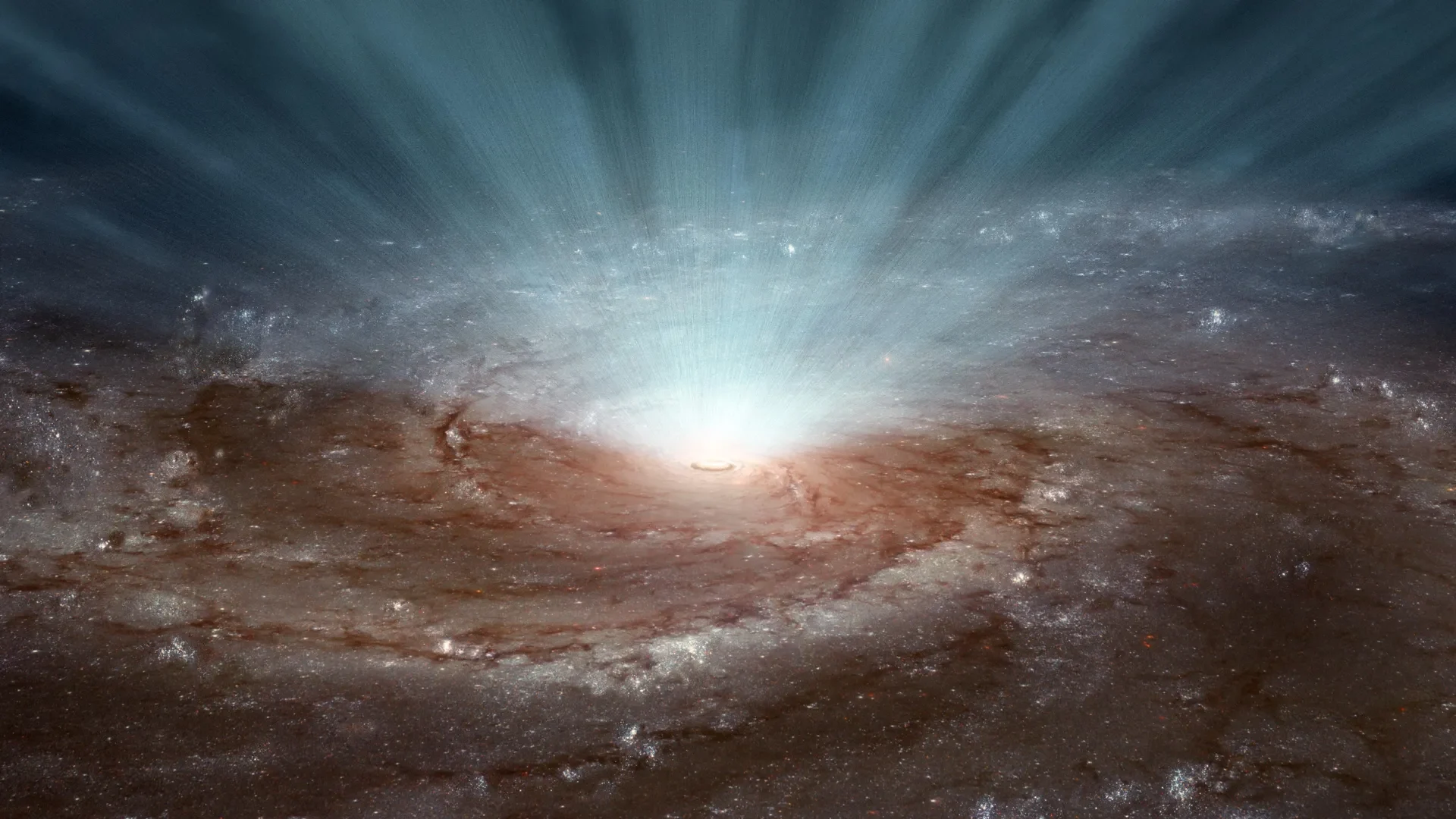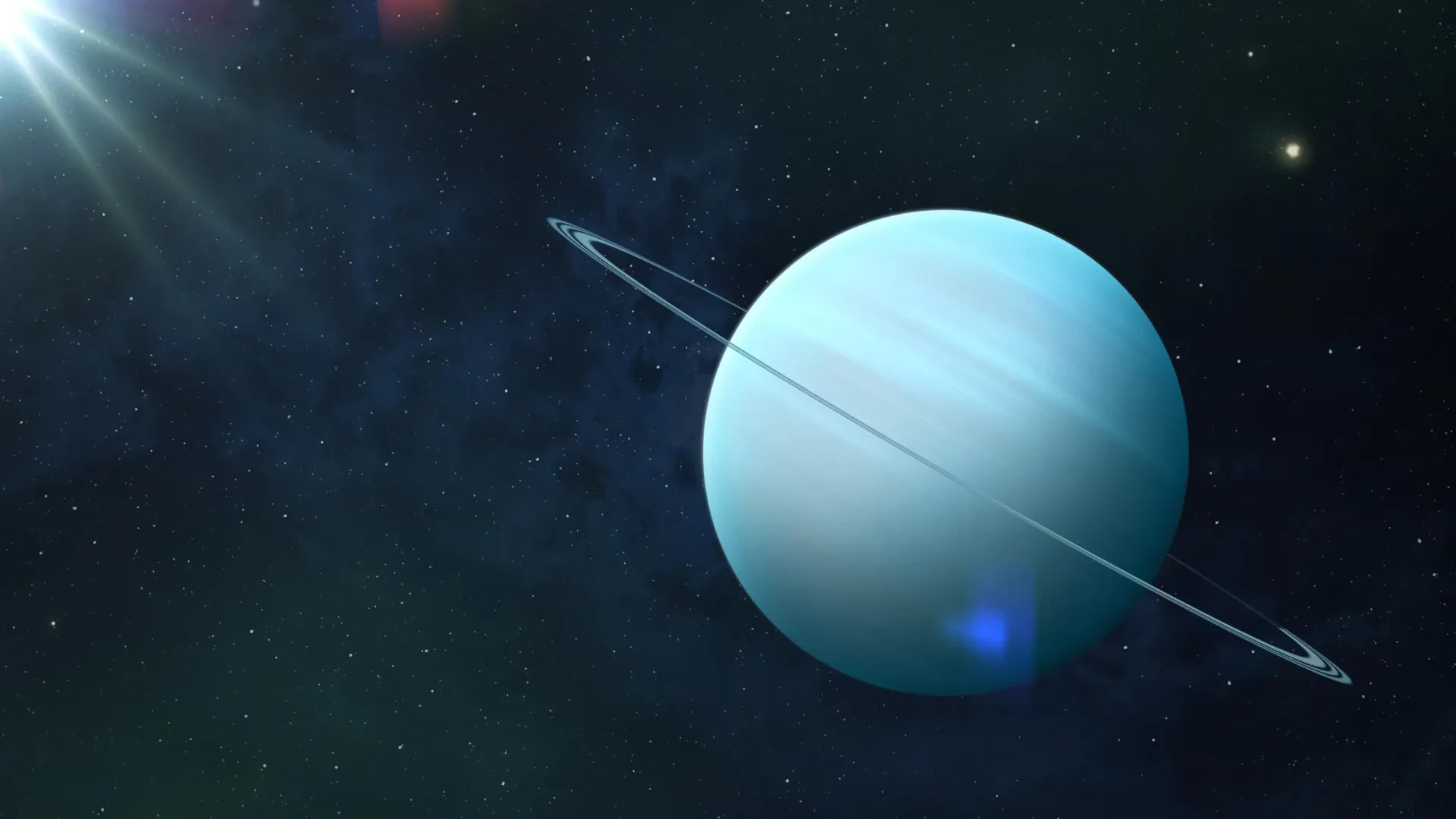A new hypothesis suggests the colossal winds from supermassive black holes are the accelerators behind the universe's most powerful particles, potentially solving a 60-year-old cosmic mystery.

October 6, 2025

Source:
SciTechDaily
Cosmic Winds and Energetic Particles
For six decades, scientists have puzzled over the origin of ultra-high-energy cosmic rays (UHECRs), the most energetic particles ever observed. Now, a groundbreaking theory from the Norwegian University of Science and Technology (NTNU) points to a powerful suspect: the winds of supermassive black holes.
These particles possess energies millions of times greater than what can be achieved in particle accelerators on Earth. The NTNU research team, led by Associate Professor Foteini Oikonomou, proposes that colossal winds, gusting from active galactic nuclei (AGN) at speeds up to half the speed of light, could be the cosmic engines responsible for this incredible acceleration.
This new hypothesis offers a compelling explanation for one of the universe's most persistent mysteries.
Keep up with the story. Subscribe to the PR+ free daily newsletter

Source:
http://Phys.org
Modeling the Universe's Accelerators
The NTNU team's findings are based on sophisticated, high-resolution 3D simulations. These models explored how atomic nuclei behave when trapped inside the immense wind tunnels produced by supermassive black holes at the centers of galaxies.
Energy and Composition
The simulations revealed that these powerful winds can effectively catapult particles to the extreme energy levels seen in UHECRs. Crucially, the model also aligns with the known chemical makeup of these cosmic rays.
Mixed Composition: The model explains why UHECRs are composed of a mix of elements, including protons, helium, and nitrogen.
Particle Evolution: According to the simulations, heavier particles break down into lighter elements during the intense acceleration process.
This alignment with both energy and composition data makes the black hole wind theory a strong contender in the field.
Read More

Source:
ScienceDaily
Share this news:




















